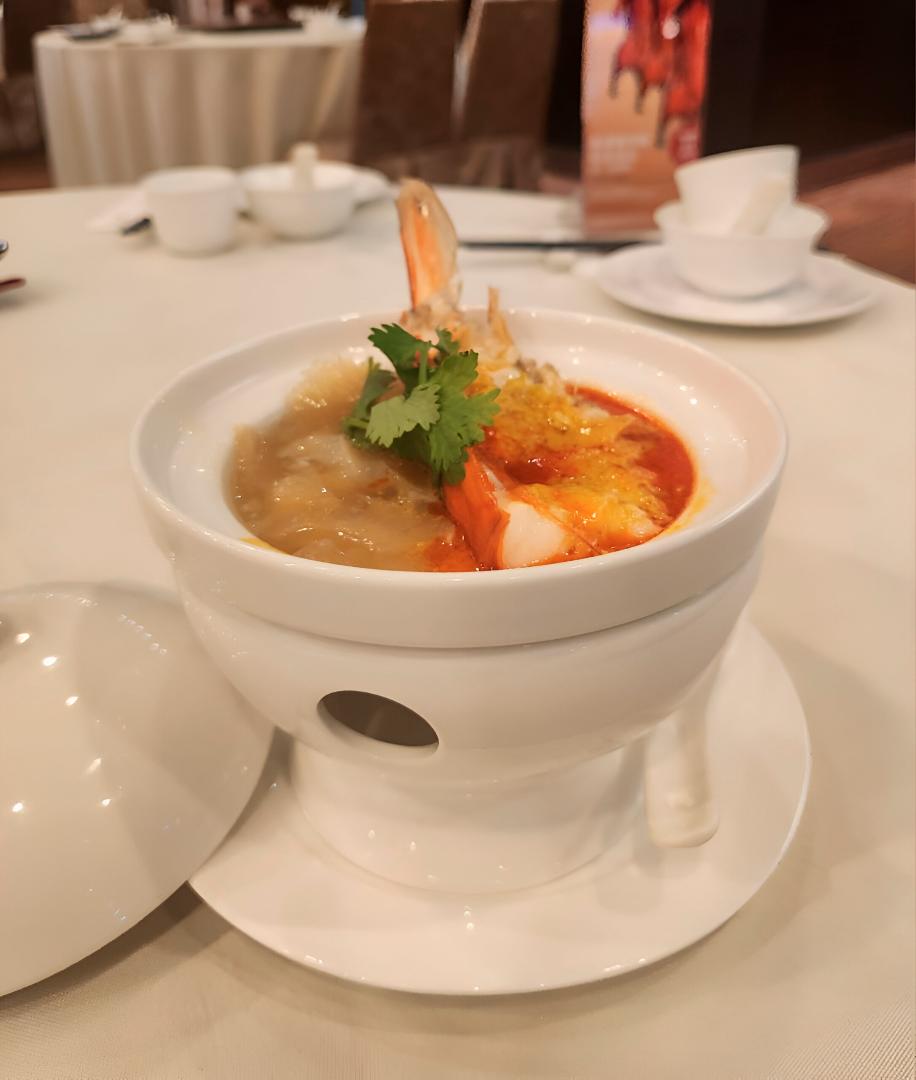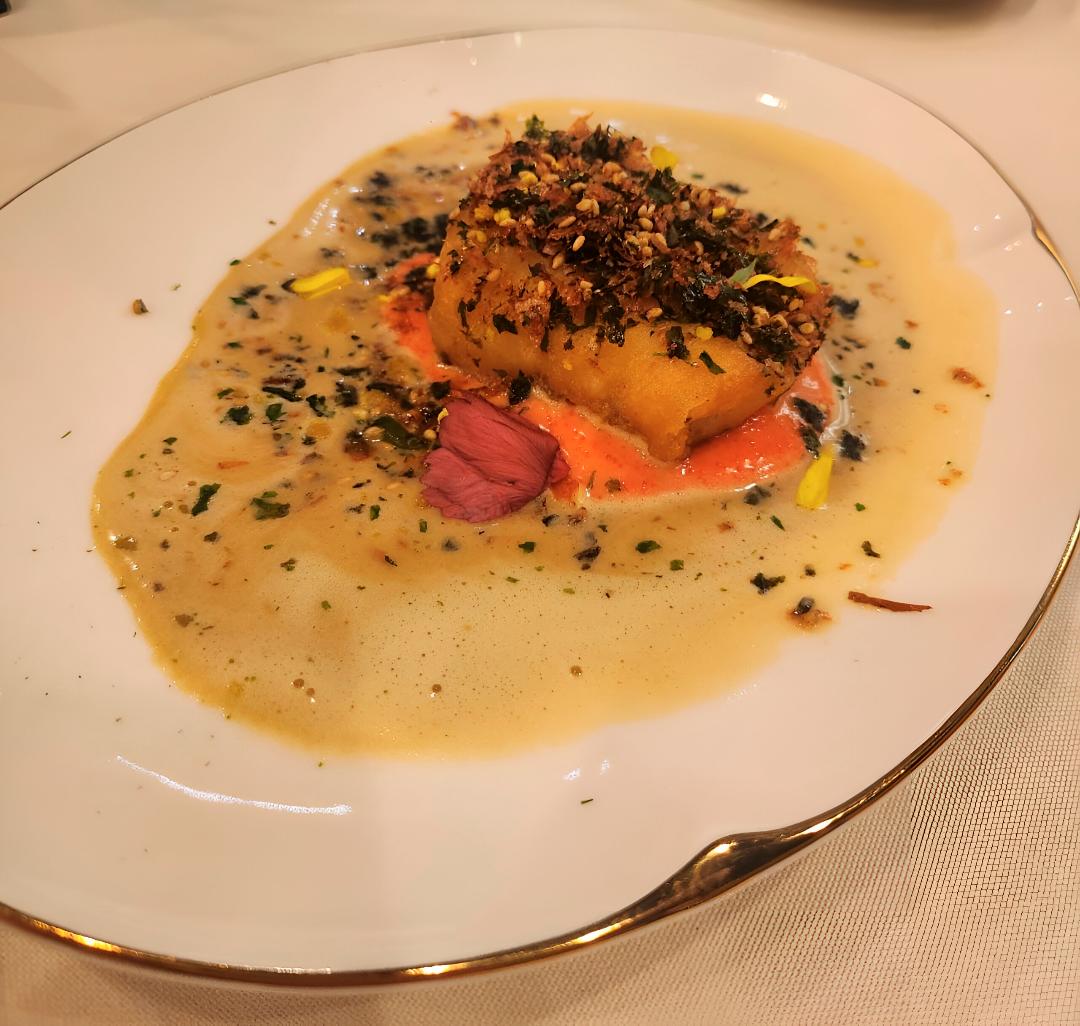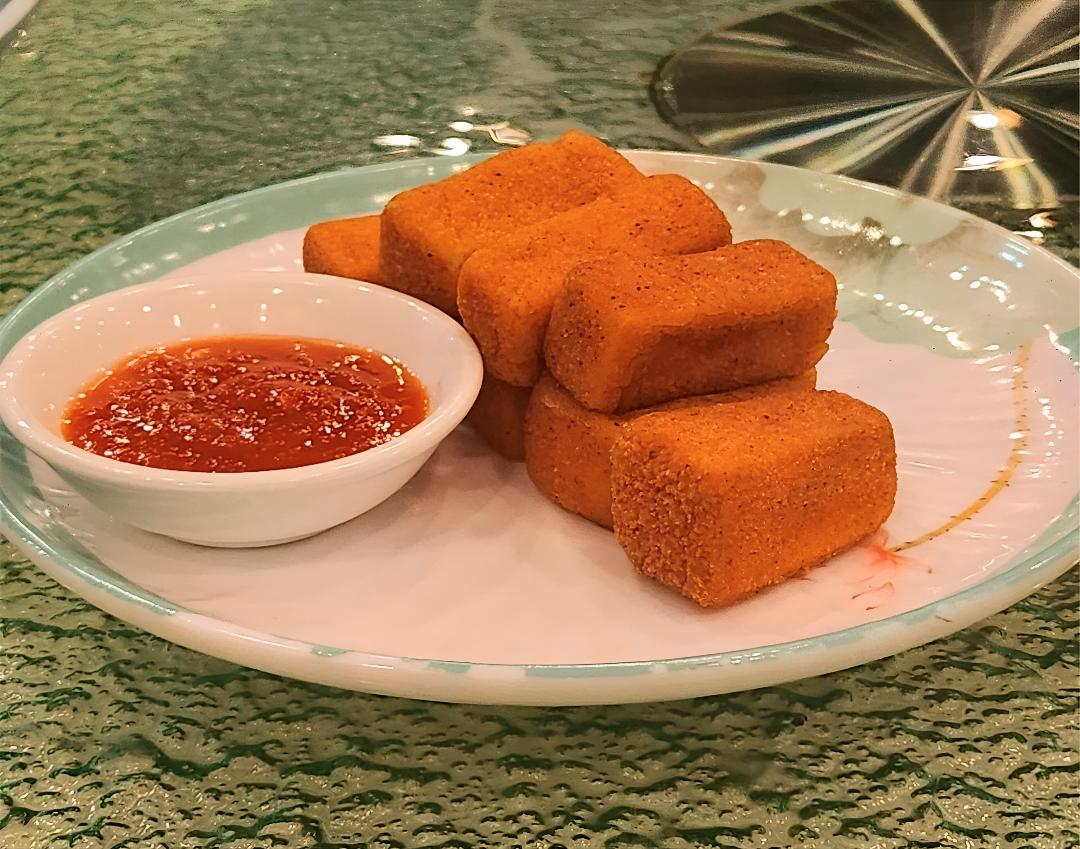TO improve one’s taste buds, fusion cuisines are often encouraged as they offer unique and exciting culinary experiences. Eastern and Western dishes, for instance, go well together due to their shared ingredients and balanced flavours.
Together, they create a symphony of flavours that captivate the taste buds, which makes them an ideal combination for omakase. One just has to head to The Oriental Group’s East Meets West Omakase to experience this.
Recognised as one of the top Malaysian Chinese restaurants, the Oriental Group of Restaurants are experts in presenting traditional dishes creatively.
For four dates, the restaurant is inviting gourmands and gastronomes to an exclusive dinner affair where Eastern and Western flavours come together.
Introducing East Meets West Omakase, Oriental Group is a limited-time culinary collaboration between Oriental Group’s revered master chefs and celebrated guest Dutch chef Joeri Timmermans, who has an extensive resume across Michelin-starred restaurants.

At RM328++ per pax, guests will indulge in a specially curated seven-course menu that marries exquisite Asian flavours with refined Western techniques – each dish thoughtfully composed to intrigue, inspire and ignite the palate.
Fortunately, theSun had a sneak peek at the East Meets West Omakase and here was what went down.
Kick-starting the culinary journey, appetisers were served first. The Golden Sand Tofu, made from steamed tofu mixed with egg whites easily stands out. Its delicate texture made for a quick and easy bite, warming up the palate for the main courses.
Doses of anticipation were satisfied with the menu’s first item of the evening – the Tomatina Crab. The Tomatina Crab borrows influence from European and Japanese cuisines. It is made up of ingredients such as creme fraiche, tomato, yuzu kosho, dashi and caviar.
The dish was an intriguing spin on seafood, presenting crab in the form of a tomato.
Boundaries were further pushed with the menu’s second item, the Golden Silk Chawan Mushi. Contrary to popular Chawanmushi, the Golden Silk Chawan Mushi did not come in a lidded cup with ingredients such as chicken, shrimp or vegetables.

Instead, it was served in a petite bowl topped with freshwater prawn head and fin bursting umami flavour. It maintains the savoury taste of a regular Chawanmushi, but further adds a tinge of luxury to it.
The dish also takes off the hassle of having to peel as not much undressing was required beforehand. Diners would be delighted to know that the prawn is cut into half.
The third item on the menu, however, did not pose much exceptionally. Addressed as 2 Ways Prawn, the offering was a duet of cheese-baked delight and handcrafted prawn ball. Apart from its earthy aroma, the dish did not have much to boast about.
But the menu picked up with Transatlantic Cod. Chef Joeri Timmermans prepared Atlantic cod fish, utilising taramasalata cream and seaweed butter. The choices resulted in a sweet and creamy dining escape, making it the focal point of the evening.

Things came to an end as the menu’s finale Mangosteen reached the table. While it resembled the tropical fruit, Mangosteen was actually made out of shredded coconut cream. Its warmth texture became transparent when devouring, resembling the feeling of summer.
Overall, Oriental Group succeeds in presenting the Asian dishes in a new light. Its Western influences complemented its Asian aspects for the most part. Those looking to indulge in the menu can head over to Ruyi restaurant (June 30), Oriental Treasure (July 1), Yu (July 2) and Oriental Sun (July 4).









